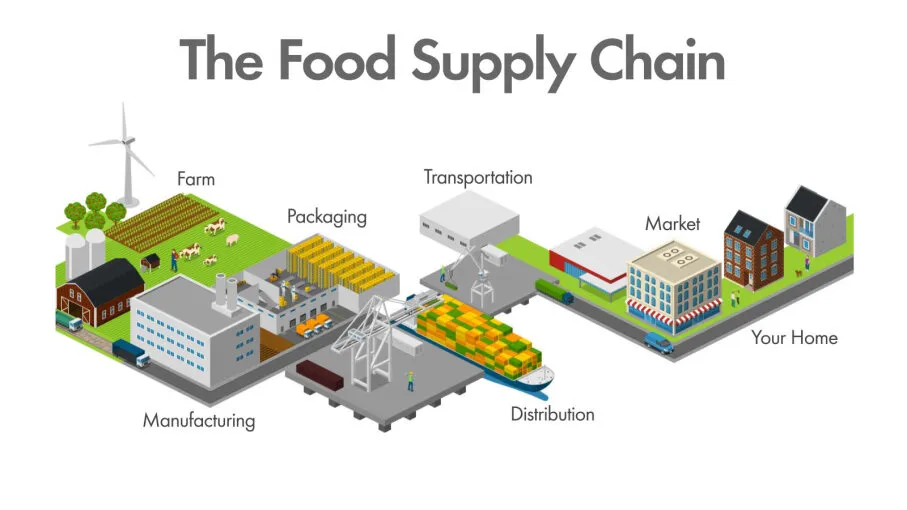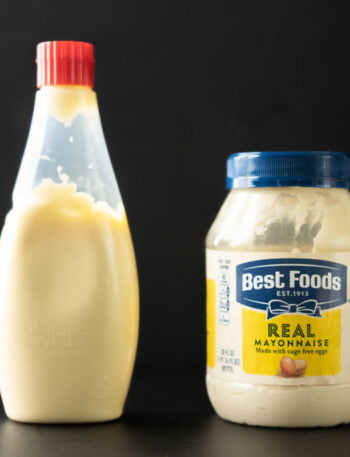
Understanding Food Fraud
Food fraud refers to deliberate practices in which food products are misrepresented, adulterated, or tampered with to make a profit.
Some common forms of food fraud include:
- Adulteration: Adding cheaper ingredients to authentic products (e.g., diluting olive oil with cheaper vegetable oils).
- Mislabeling: Falsely claiming a product’s origin or organic status.
- Counterfeiting: Reproducing and selling fake versions of popular food brands.
- Tampering: Altering packaging or contents without approval.
Statistics show that food fraud costs the global food industry approximately $30 to $40 billion annually. High-profile cases have underscored the impact of food fraud, like the 2013 European horse meat scandal, where products labeled as beef were found to contain horse meat, shaking consumer trust and prompting stricter food regulations.
Despite these efforts, the problem persists, highlighting the need for better detection methods.
Why Food Fraud is Challenging to Detect?
The global food supply chain is vast, with multiple players involved in the journey from farm to fork. This complexity creates vulnerabilities at every stage, making it challenging to trace the origins of fraudulent activity.
Traditional food fraud detection techniques rely heavily on human intervention, regular inspections, and random product testing, which can be both time-consuming and costly.
These methods often fall short, as they only test samples rather than inspecting every batch, which means fraudulent items can still slip through the cracks.
Moreover, with food fraud perpetrators using sophisticated methods to mimic genuine products, spotting the difference often requires advanced technologies.
How AI Detects Food Fraud
AI, with its ability to analyze vast amounts of data and detect minute anomalies, is proving essential in the fight against food fraud. Here are a few ways AI is being used:
(1) Machine Learning Algorithms for Pattern Recognition
Machine learning (ML) models can process vast datasets from suppliers, manufacturers, and retailers to identify patterns that may indicate fraud.
For example, ML algorithms can monitor transaction data, supplier information, and product ingredients to detect discrepancies, such as sudden changes in price or ingredient sources that are common red flags for adulteration.
(2) AI-Powered Sensors and Spectroscopy
Advanced sensors equipped with AI capabilities are able to identify contaminants or adulterants in food products with high accuracy. Techniques like hyperspectral imaging and near-infrared spectroscopy are now being integrated with AI to enhance precision.
When coupled with AI, these technologies can quickly analyze food composition, detecting discrepancies down to the molecular level.
Examples of AI in Action
In the seafood industry, where mislabeling is a widespread issue, AI has been used to develop DNA-based testing to ensure species authenticity.
Meanwhile, companies like IBM’s Food Trust are using AI-driven solutions to scan supply chain records for fraud indicators in real-time, allowing for rapid intervention.
AI-Powered Blockchain for Food Transparency
Blockchain, the distributed ledger technology, is increasingly being combined with AI to enhance food traceability. Blockchain provides a transparent, tamper-proof record of every transaction in the food supply chain, from sourcing to distribution. AI algorithms monitor these records to quickly identify unusual patterns that might suggest fraud.
For instance, Walmart uses blockchain technology, in combination with AI, to track the origins of produce. By scanning QR codes, Walmart can trace a product’s journey in seconds, enabling them to confirm its authenticity or flag suspicious activity.
Blockchain’s immutability provides an additional layer of security, ensuring that once a transaction is recorded, it cannot be altered.
Benefits of AI in Food Fraud Detection
Using AI for food fraud detection offers significant benefits for businesses, consumers, and regulatory bodies:
- Speed and Accuracy: AI can scan thousands of data points within seconds, identifying fraudulent activities more quickly than manual checks.
- Cost Reduction: AI can automate time-consuming processes, reducing the need for extensive sampling and lab testing, ultimately saving costs.
- Enhanced Consumer Trust: By ensuring the authenticity of food products, companies can build stronger consumer trust.
- Regulatory Compliance: AI helps companies meet strict regulatory standards by providing accurate records and analyses that can be easily audited.
These benefits translate into a safer, more reliable food supply chain where consumers feel confident in the products they purchase.
Challenges and Ethical Considerations
While AI offers promising solutions for food fraud detection, it’s not without challenges and ethical concerns:
- Data Privacy: AI applications require vast amounts of data, raising concerns about the privacy of information collected from suppliers and retailers.
- Reliability of AI Models: Food fraud detection models need to be consistently updated to remain effective. Machine learning models may struggle with accuracy if they are not regularly retrained with current data.
- Ethical Implications: The surveillance of supply chains using AI raises ethical questions. Companies must balance the need for transparency with the potential risks of over-surveillance.
These challenges underscore the importance of responsible AI development and deployment in the food industry.
AI is playing a crucial role in combating food fraud, offering powerful tools for identifying and preventing fraudulent activities that have long plagued the global food supply chain.
From machine learning algorithms capable of analyzing data patterns to blockchain-supported transparency, AI is transforming how companies secure food authenticity and safety.
As AI technology continues to advance, we can expect even greater strides in food fraud detection. For consumers, this means improved trust and safety in the products they buy.
For businesses, it represents an opportunity to enhance their reputation, reduce costs, and comply with stringent regulations.
Embracing AI for food fraud detection is not just a step toward operational efficiency but a commitment to integrity in an increasingly complex global food landscape.









